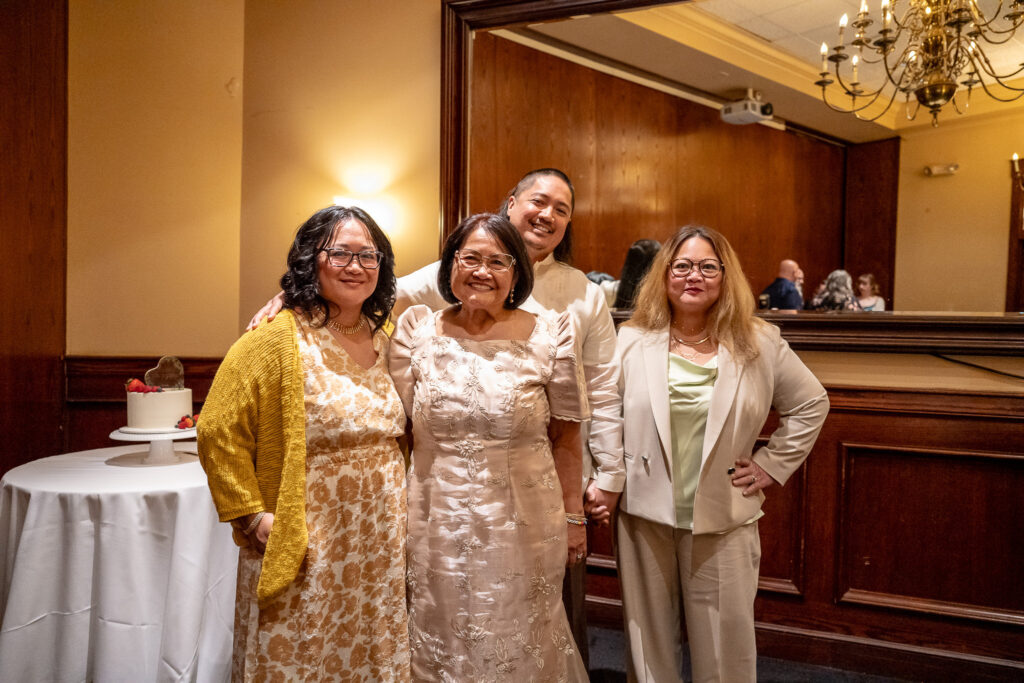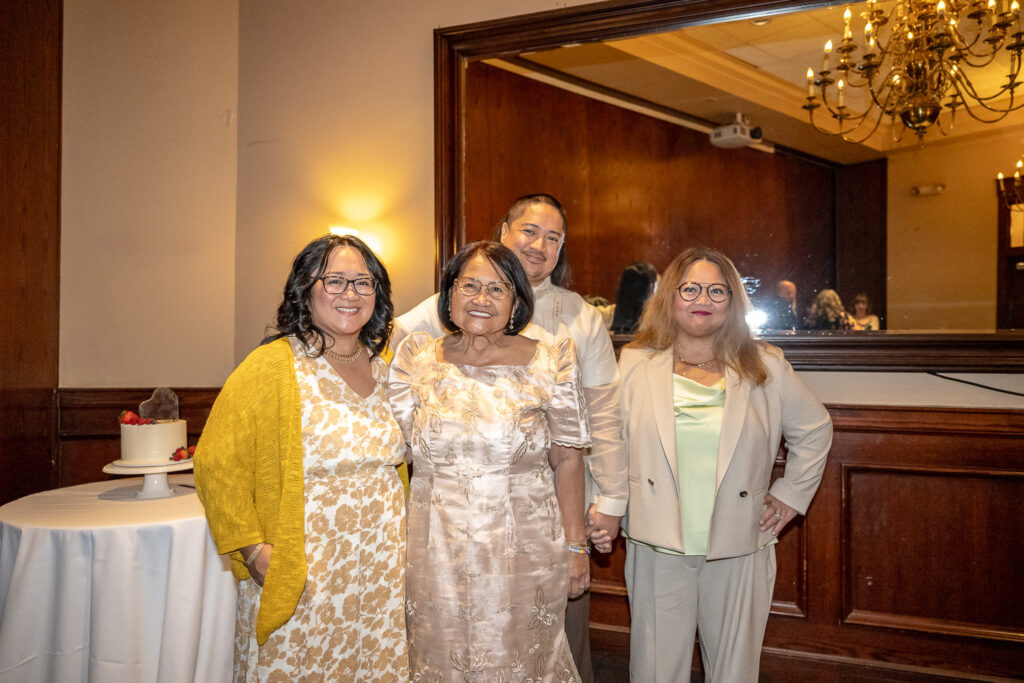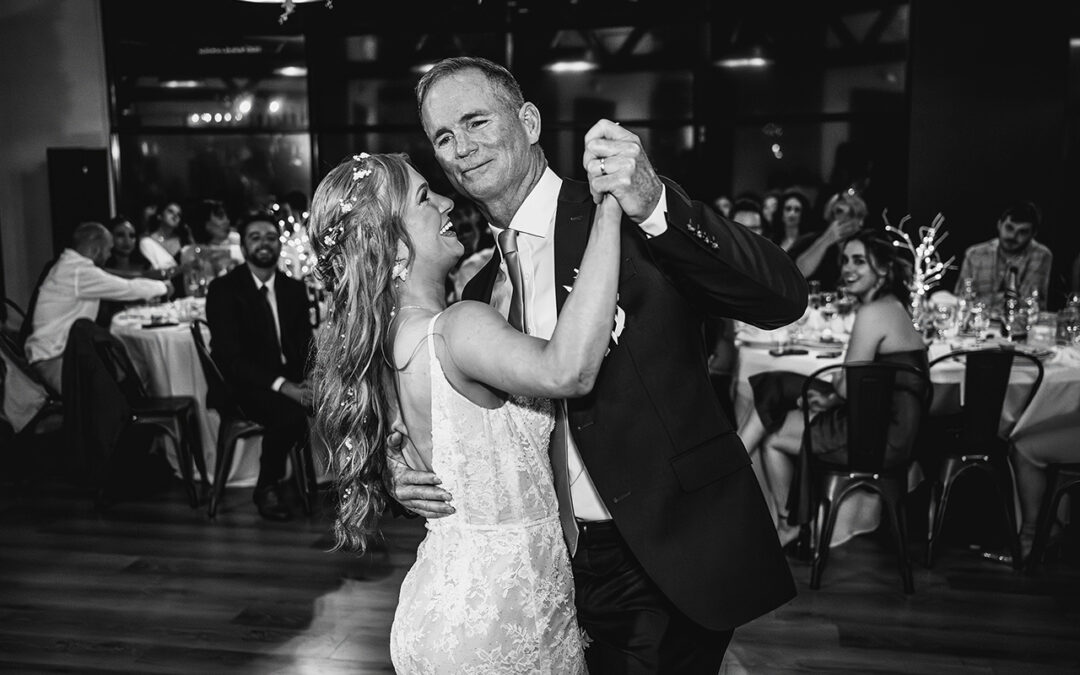At my day job, I was part of the committee that helped organize the company events. When we were approaching our annual holiday party, I had offered to photograph it.
My colleague on the committee, while appreciating the gesture, politely turned me down in the spirit of enjoying myself. So I obliged.
For context: this party was not only at night, but also in a room with dim, ambient lighting. As I lined up with my colleagues for a group shot, the first thing I noticed about the photographer that they hired was that his camera had no flash.
And my immediate next thought was: I would not want to be in his shoes. I said nothing to him, but I was shocked at how he was hired for a nighttime/indoor event and didn’t have a flash, of all things.


While not from the actual event, the two pictures above are from a prior event I did in a venue with similar lighting. You can clearly tell where a flash was used, and where one wasn’t. I fortunately kept my flash on once I quickly determined that using it there wasn’t a choice, but a necessity.
He didn’t have that option…and, as expected, the pictures came out poorly with our faces being dark and muddied. Needless to say, they weren’t happy, and they didn’t hire him again. In all of my years of doing this, I will say that there are few worse scenarios than a client saying they’re unhappy, and you now have to fess up as to why their pictures are awful.
And, here comes a hard truth about event photography that often scares newcomers away: unlike a portrait session, events are a one-time deal and don’t happen twice. There are no do-overs. Consequently, no amount of apologizing or discounts will pacify them and give you a second chance.
The takeaway is: he lost a potential good review, repeat business, and referrals, all because he didn’t bring a flash. One of the most common and basic pieces of equipment that even a hobbyist can operate with little to no trouble.
And while photo editing programs have made leaps and bounds over the years, faces being poorly lit is unfortunately one of the problems you can’t fix in post. At best, you can make it a little better, but there’s no way to make them look as if you used a flash in real life. But that also tailors to the principle of not overly relying on editing to fix bad shots.
In photography, lighting can make or break a shot. If you are doing events, a flash is something you should always have in your bag. It comes down to the old saying of “better to have it and not need it, than to need it and not have it.” Especially considering that they aren’t overly bulky and don’t take up much space,
And if you’re reading this thinking “duh, that’s something you should always bring,” then great! You’re already on track to being successful as a photographer. If you weren’t initially thinking those words, then you’re still on track, since it’s now one less rookie mistake you’ll make in your journey as one.
The best place to start is photographing events for friends. It could be maybe a birthday, bridal shower, anything of the sort. It permits you to get used to your gear and build a portfolio in a comfortable environment. And let them be open about what you could’ve done better after you send the album. So when the real shoots begin, you’re ready to take your first step as a full-time photographer with confidence.
